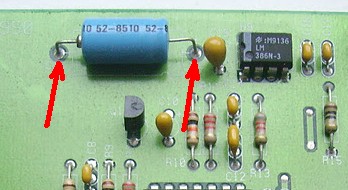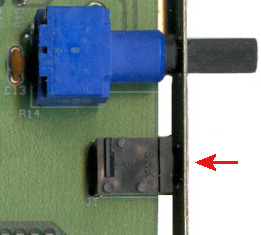Reply 60 of 85, by retro games 100
- Rank
- l33t
wrote:You could buy some connectors or cables which you could use to convert whatever connector on your speakers and splice up the cable to separate signal wires. You could then screw the ground wire under PC case screw, and have a signal lead hanging loose which you could poke around the card.
I'm afraid I don't understand this part of the testing instructions. I thought that I used the tip section of the multimedia speakers plug to probe the Adlib sound card. Is that not the case? Perhaps what I need to do is this -
Get 2 crocodile/alligator leads with clips. One red, and the other black. Attach the black croc clip lead to the ground sleeve section of the speaker plug. The other end of this black lead goes to the black ground part of a PSU molex cable. Now, get a red croc clip, and attach it to the very end of the speaker plug. The other end of the red lead is used to probe the Adlib card. Is that correct? Thanks a lot for any advice. BTW, I have ordered the croc clips.



